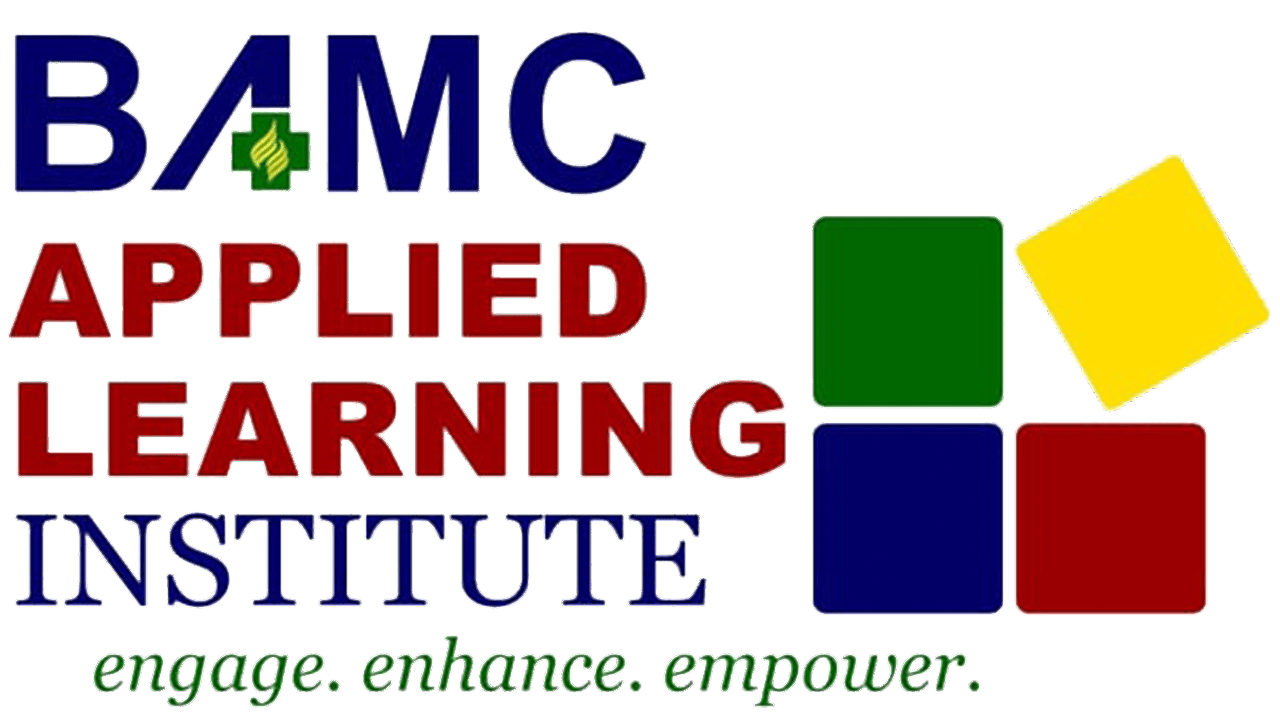Module 6 – HOSPITAL EMERGENCY EVACUATION-Managing the Worst Case Scenario
GENERAL OVERVIEW:
Nobody expects an emergency or disaster — especially one that affects them, their employees, and their business personally. Yet the simple truth is that emergencies and disasters can strike anyone, anytime, and anywhere. You and your employees could be forced to evacuate your company when you least expect it.
Specific Learning Objectives:
At the end of this module, each participant will be able to:
1. Define what is workplace emergency;
2. List down and classify the different top emergencies and disasters in the Philippines;
3. Describe what an Emergency Management Plan is;
4. Describe what is a hospital evacuation and the stages of evacuation process;
5. Differentiate Horizontal Evacuation from Vertical Evacuation and from Complete Evacuation;
6. Follow the sequence of evacuation according to Patient Prioritization Guide; and
7. Describe your individual roles to play in the event of a complete hospital evacuation.
References:
- Hospital Evacuation Decision Guide. Agency for Healthcare Research and Quality.Zane, R., Biddinger, P., Hassol, A., et al. (2010).
- Prioritizing Patients for Emergency Evacuation From a Healthcare Facility Ashley Childers Clemson University, akchild@clemson.edu
- https://www.dignityhealth.org/socal/locations/stmarymedical/about-us/disaster-resource-center/emergency-management-program/evacuation-plan
- Hospital Preparedness for Emergency (HOPE) USAID PEER
- Disaster Preparedness and Management-OSH Guide Series
- https://www.ahrq.gov/research/shuttered/hospevac4.html
- https://www.osha.gov/sites/default/files/publications/osha3088
Each section contains learning materials such as videos and reading materials for self- interactive learning and better understanding. At the end of this module there is a 20-item quiz that would serve as review questions in preparation for the FINAL POST TEST after completing Modules 1-6. Please make sure that you have gone over the learning materials first before answering the self-check questions.
